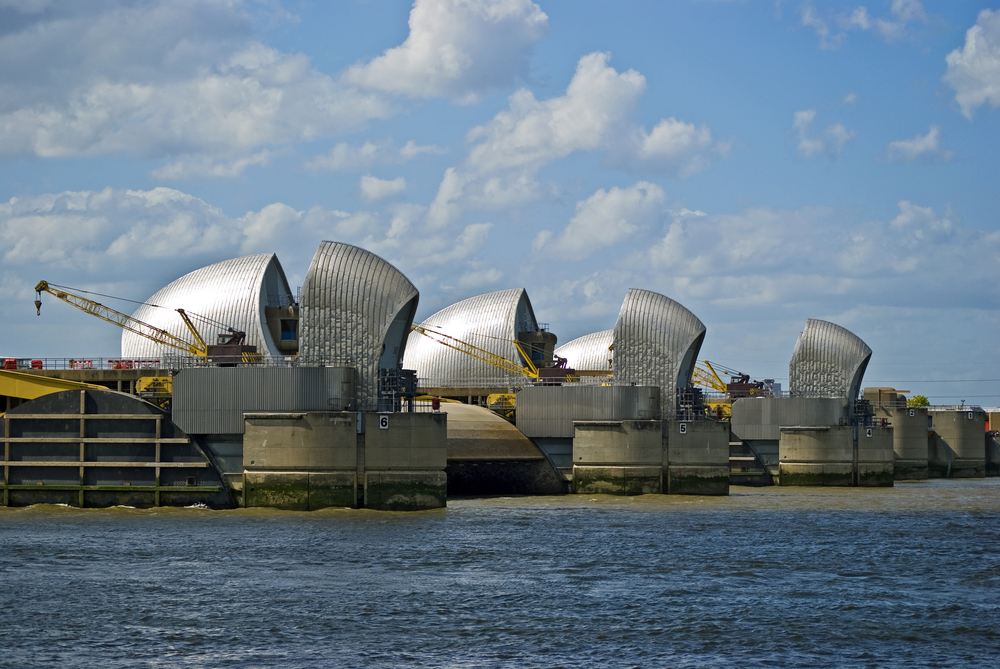The recent floods in late December 2015 and early January 2016 have been some of the worst on record. Many thousands of people have been affected and the cost of damage caused by the floods is projected to be over £1.5 billion. I thought in this blog post it would be interesting to take a look at what causes flooding and how flood risk can be managed.
Historically, flooding was reduced by the building of flood defences for communities with little consideration of keeping water in uplands and flood plains. Such techniques might include building flood barriers (think the Thames Barrier) and installing levees and bunds. Many now call for further flood defences such as these to be built, but this is only part of the solution as they provide little protection unless considered with other measures to reduce water flow.

Land use can sometimes have a significant effect on the amount of water that finds its way down a river. In rural areas, local runoff can be increased by agriculture activities such as the increase in farm and field size. This leads to changes that affect the soil structure meaning it can’t hold as much water, leading to increased runoff. Well managed forests also have the ability to decrease flooding as they can decrease the amount of rain hitting the land (interception) and take up rainwater. Although good at reducing local flooding for smaller, more common flood events, forests are not as effective at decreasing runoff for catchment-wide flooding. One analogy used to represent this is that of a sponge. Even though the sponge can take in water and be made bigger (e.g. by the afforestation and changes in agriculture), it only has a specific storage capacity. For big flood events, the sponge will fill up and the water will find its way into a river.
Our towns and cities also play an important role in reducing water run-off. Urban areas are largely covered by roads, car parks and buildings, which have limited capacity to hold water in comparison to vegetation, soil and land surface depressions. Ditches and culverts in urban areas reduce the distance that water travels overland to reach rivers and tends to flow at a much faster rate than overland flow. Mechanisms to reduce run-off into rivers include alternatives to hard surfaces such as gravel surface for a car park or using permeable types of paving. Other options might include installation of perforated pipes which are commonly used to drain roadways or the use of basins that hold water back from a river during a storm (at least until the basin becomes full). It may also be pertinent to discourage development in high-risk flood areas through changes to the planning system.
Further investment in flood defence in towns and cities is certainly part of the solution, but what should also be considered as part of a broader strategy is the need to slow down the flow and keep more water on the land, particularly in upland areas. The general consensus seems to be that flood management is likely to involve a number of different measures rather than just one.
Further reading (references)
http://pubs.usgs.gov/fs/fs07603/

John Binns BSc (Hons), MSc, MSc, MIEMA
With over 15 years’ experience working in environment management, John Binns BSc (Hons) MSc MIEMA is an experienced environmental tutor and consultant with knowledge of health and safety management.
